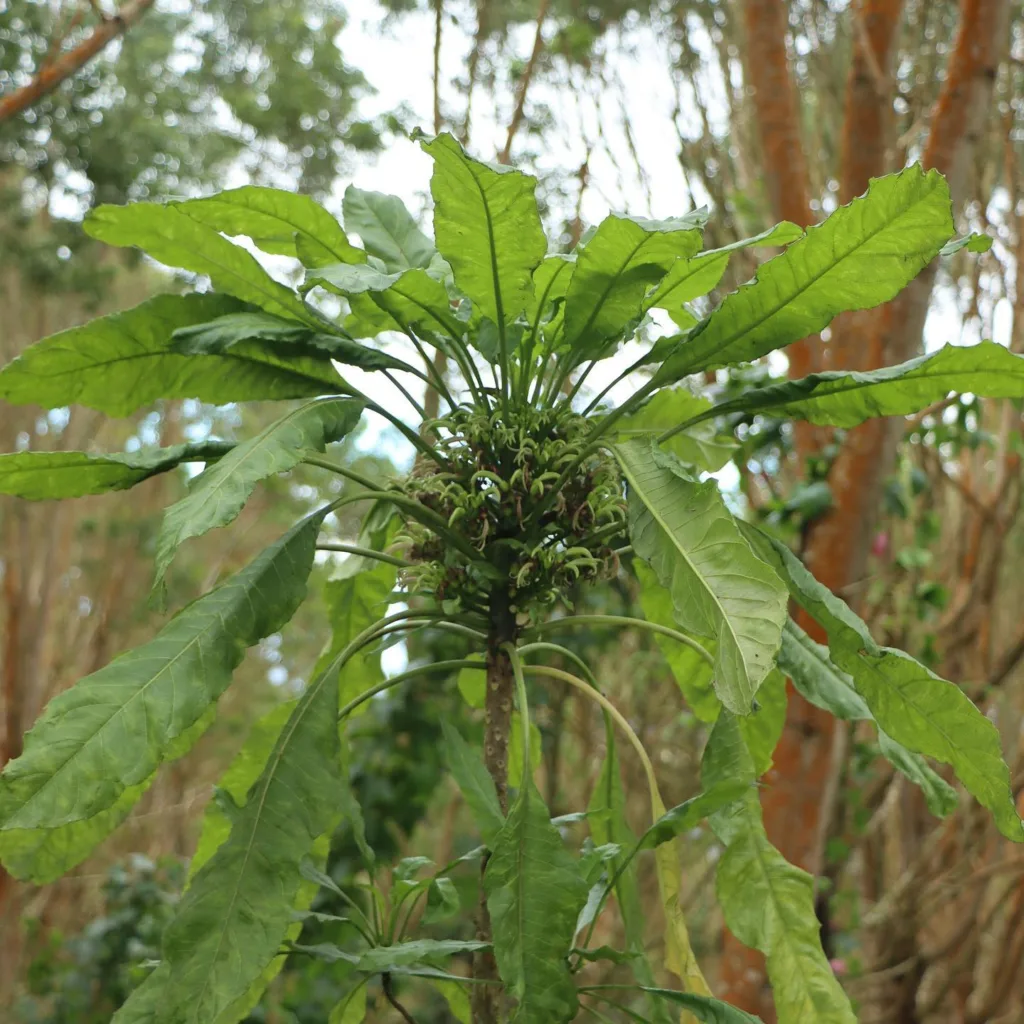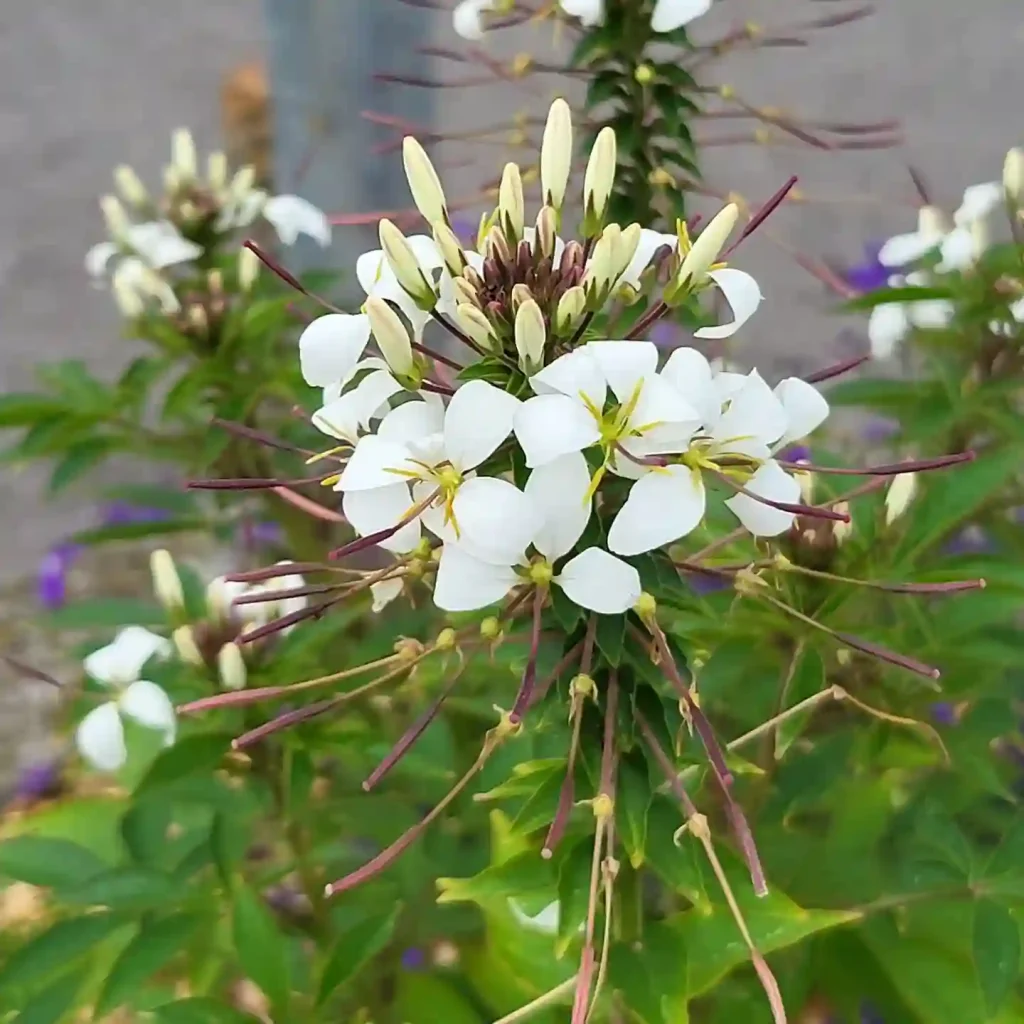Curio: A Genus of Quirky Succulents
I’ve always been drawn to the unusual, the quirky, the things that stand out from the crowd. So, it’s no surprise that I find myself fascinated by the genus Curio belong to the Fabaceae family, a group of succulent plants that truly live up to their name. These plants, with their unique forms and intriguing adaptations, are a testament to the diversity and wonder of the natural world.
Curio is a relatively young genus, first described in 1997 by botanist Paul V. Heath. Before that, these plants were lumped in with the much larger genus Senecio. But their distinctive features – succulent leaves, elongated forms, and discoid flower heads lacking the typical “petals” (ray florets) – warranted a separate classification. And “Curio,” derived from the Latin word “curiosus” meaning “curious,” perfectly captures their unusual nature.
A Diverse Family of Fascinating Forms
One of the things I find most captivating about Curio is the sheer variety within the genus. These plants have evolved a range of fascinating adaptations to thrive in arid environments. Some, like Curio rowleyanus (String of Pearls), have round, bead-like leaves that resemble peas, perfectly designed to minimize water loss. Others, like Curio radicans (String of Bananas), have elongated, banana-shaped leaves that give them a whimsical appearance. And then there’s Curio articulatus (Candle Plant), with its segmented, sausage-like stems that look like they belong on another planet.
Here are:
- Curio acaulis: Known for its rosette-forming, low-growing foliage, Curio acaulis is a compact succulent with fleshy, rounded leaves.
- Curio archeri: This species has distinctive elongated leaves that grow in clusters, lending it a bushy, upright appearance.
- Curio citriformis: With small, lemon-shaped leaves, Curio citriformis is a unique succulent often admired for its compact, quirky foliage.
- Curio corymbifer: Known for its tall, branching stems and small flower clusters, Curio corymbifer stands out in a succulent collection.
- Curio crassulifolius: This species is prized for its thick, spoon-shaped leaves that develop a deep green color in bright light.
- Curio ficoides: Featuring elongated, finger-like leaves, Curio ficoides is a resilient succulent that forms dense mats. Plant FAQs: Curio Ficoides – String of Nickels
- Curio hallianus: This trailing plant has rounded, bluish leaves with a silvery sheen, making it a popular choice for hanging pots.
- Curio herreanus: Recognized for its unique tear-drop shaped leaves, Curio herreanus has a delicate, beaded look on its trailing stems.
- Curio muirii: Curio muirii is a small, shrubby succulent with rounded, slightly pointed leaves that create a dense, leafy cluster.
- Curio ovoideus: This rare succulent has ovoid, fleshy leaves with a smooth surface, giving it a rounded, compact look.
- Curio pinguifolius: With chubby, blue-green leaves that form compact clumps, Curio pinguifolius has a distinctly charming appearance.
- Curio pondoensis: Known for its wiry stems and small leaves, Curio pondoensis has a fine, airy texture that contrasts well with larger succulents.
- Curio radicans: Often called “String of Bananas,” Curio radicans has curved, banana-shaped leaves that trail elegantly. Plant FAQs: Curio Radicans – Senecio Radicans – String of Bananas
- Curio repens: This succulent has small, densely packed, rounded leaves that spread into a ground-covering mat.
- Curio rowleyanus: Commonly known as “String of Pearls,” Curio rowleyanus has bead-like leaves on long, trailing stems.
- Curio sulcicalyx: Characterized by its slightly ridged, elongated leaves, Curio sulcicalyx has a distinctive appearance among trailing succulents.
- Curio talinoides: With slender, pencil-like leaves, Curio talinoides has an upright growth habit and an unusual, structural look.
More Than Just a Pretty Face
But Curio plants are more than just interesting oddities. They play a vital role in their ecosystems, providing food and shelter for a variety of insects and animals. And for humans, they offer a connection to the natural world, a source of beauty and wonder.
I find that caring for Curio plants is a rewarding experience. They are relatively low-maintenance, requiring well-draining soil, plenty of sunlight, and infrequent watering. But the real joy comes from observing their unique growth habits and appreciating their quirky beauty.
Whether you’re a seasoned plant enthusiast or just starting your collection, I highly recommend exploring the world of Curio. These fascinating succulents are sure to spark your curiosity and add a touch of the extraordinary to your life.
If i die, water my plants!



